Parents and teachers need ways to help kids learn the alphabet. It's tricky for little ones to remember all the letters and their sounds. A good alphabet sounds chart can make a big difference here. It becomes a handy reference for practice and games, making learning more effective and fun.
We came up with a printable chart that showcases each letter of the alphabet and its corresponding sound. Designed to be colorful and engaging, making it easier for young learners to associate letters with sounds. It serves as a handy reference for kids as they embark on their reading journey, offering a clear and straightforward way to review at home or in the classroom. Helps make learning fun and effective for little ones just starting out with phonics.

Alphabet Sounds Chart Printable
 Black and White Alphabet Chart Printable
Black and White Alphabet Chart Printable

 Alphabet Letters Sounds Charts
Alphabet Letters Sounds Charts

 Alphafriends Printable Letter-Sound Chart
Alphafriends Printable Letter-Sound Chart

 Printable ABC Chart with Pictures
Printable ABC Chart with Pictures

 Alphabet Phonics Sounds Chart Pdf
Alphabet Phonics Sounds Chart Pdf

 Alphabet Pronunciation Chart English
Alphabet Pronunciation Chart English

 English Alphabet Pronunciation Chart For Spanish Speakers
English Alphabet Pronunciation Chart For Spanish Speakers

 A To Z Alphabet Phonics Sounds Chart
A To Z Alphabet Phonics Sounds Chart

What are the Letter Sound Activities for Kids?
Not only the tips above, but you also need to make some fun activities for children so they can easily understand the letter sounds. Here are some letter sound activities that can be done.
- Teach children about letter sounds through alphabet cards. This is the easiest way to introduce children to letter sounds. You can make several cards with different letters written on them. Then, write how the letter is pronounced. An example is the letter B which is written “bee.”
- You can also do a sound match game. Download a template containing various object images. Then, ask the children to place a magnetic letter on an object that starts with that letter. An example is the letter D placed on the image "dog."
- There is also a fun game that can improve children's understanding of letter sounds. The game is called a phonetic slide and ladder. So, the children have to name the letter sounds of the objects on the slide and ladder. If they can answer it, they can finish the game.
- You can also use letter-sound wheels. So, create a simple wheel for each letter. An example is the letter A. Then, draw several objects on the wheels that start with the letter A. Ask the children to guess each object's name.
- Not only letter sound wheels, but you can also ask the children to make letter sound flowers. So, the children have to draw some flower petals. Each flower petal is given a picture of an object starting with a letter. An example is the letter D. So, they have to draw some objects on the petals that start with the letter D.
- You can also test children's understanding of these letter sounds by doing memory games. So, give them a picture and ask them to guess what letter the object's name starts with.
- Another way is to use trace and paste letters. So, children have to bold letters on a letter template. Then, they have to say the letter sound of that letter.
More printable images tagged with:
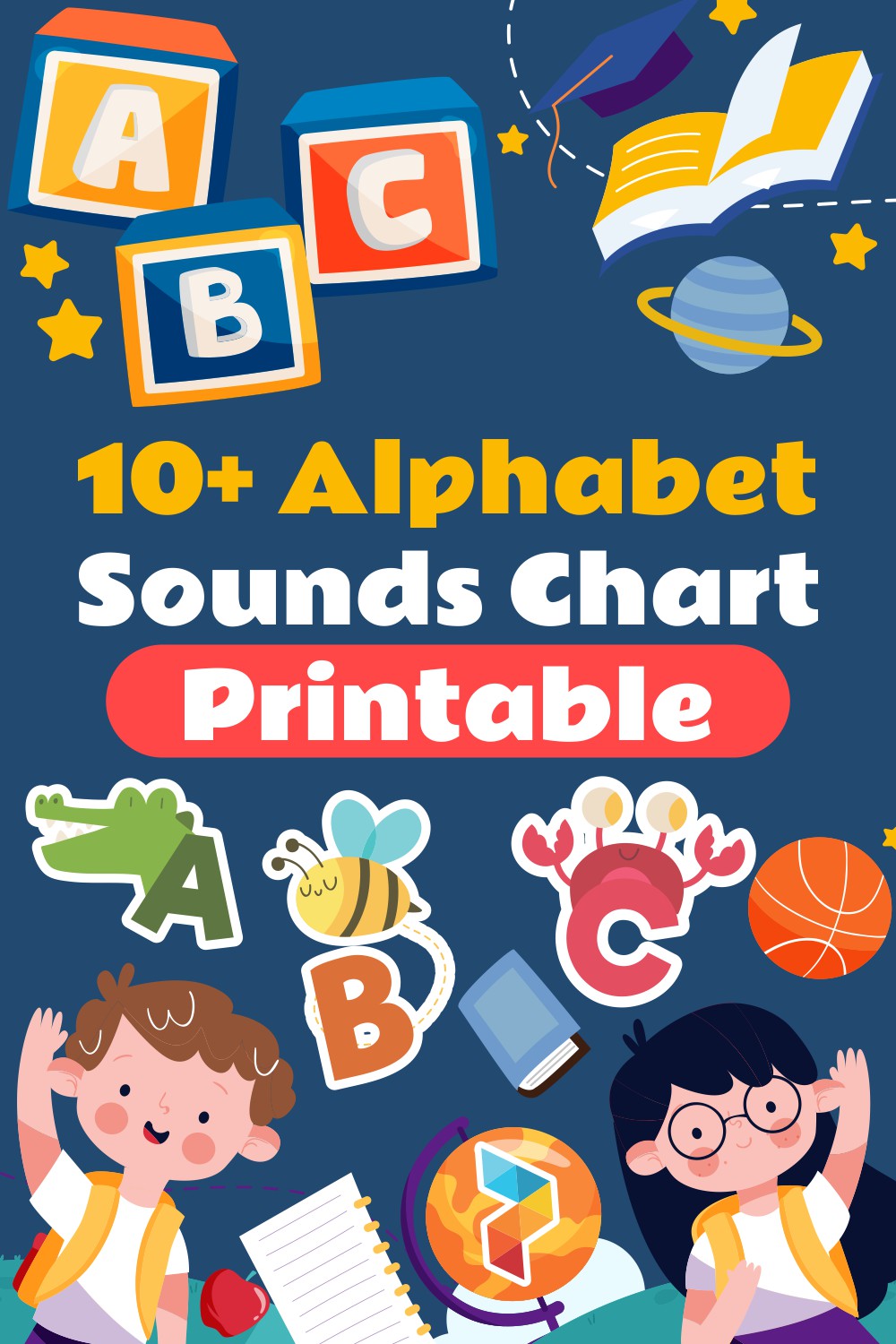
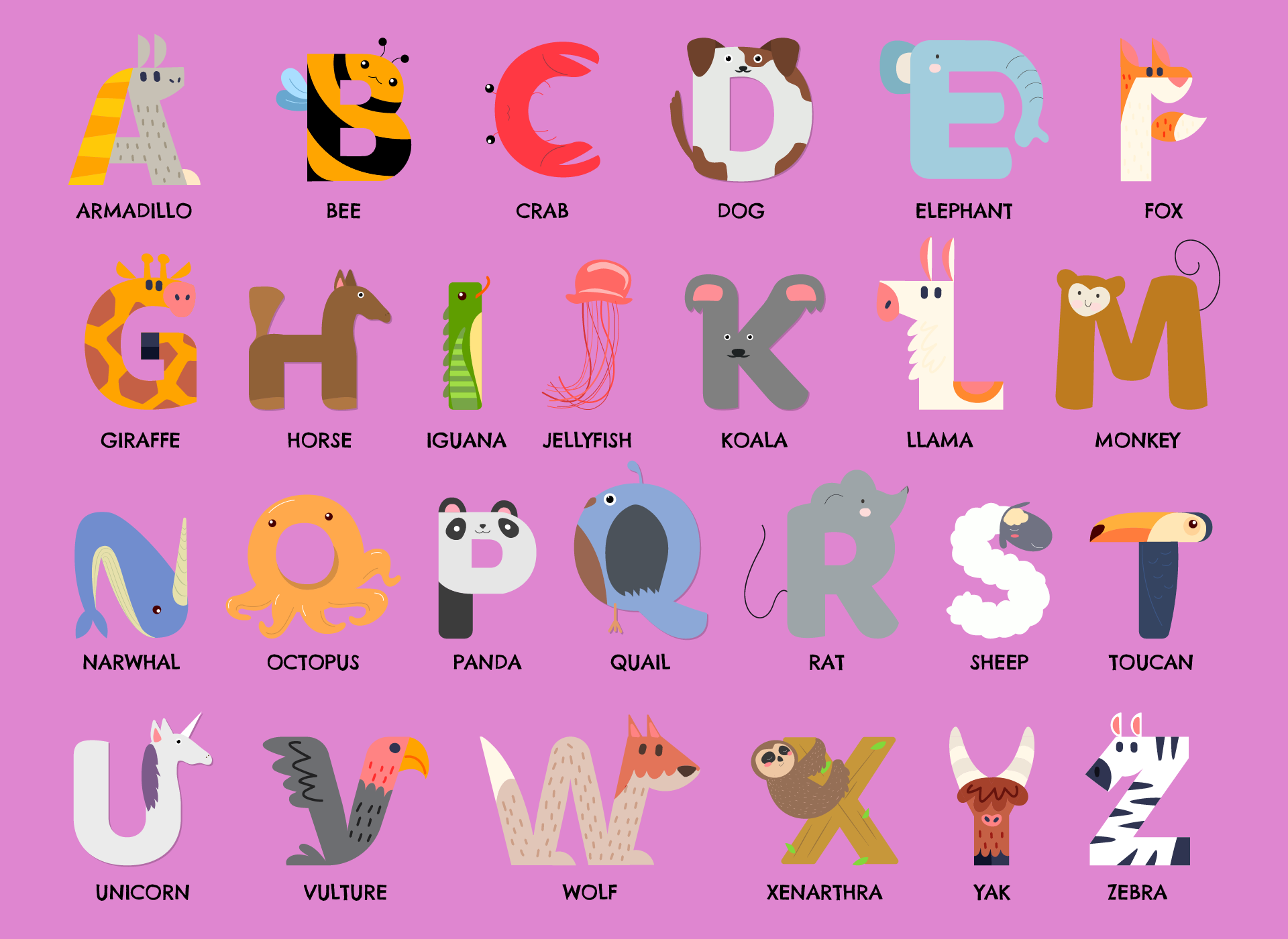
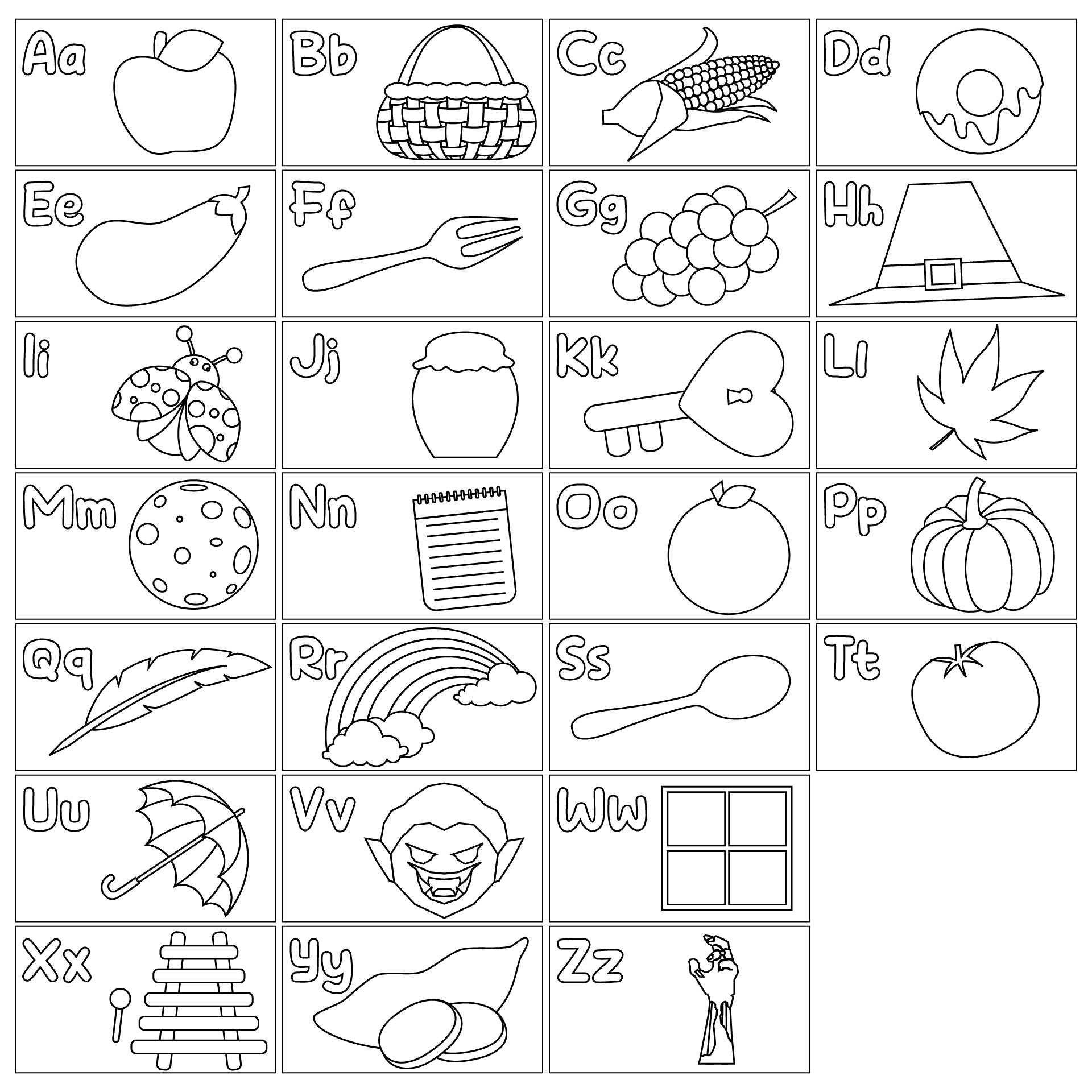
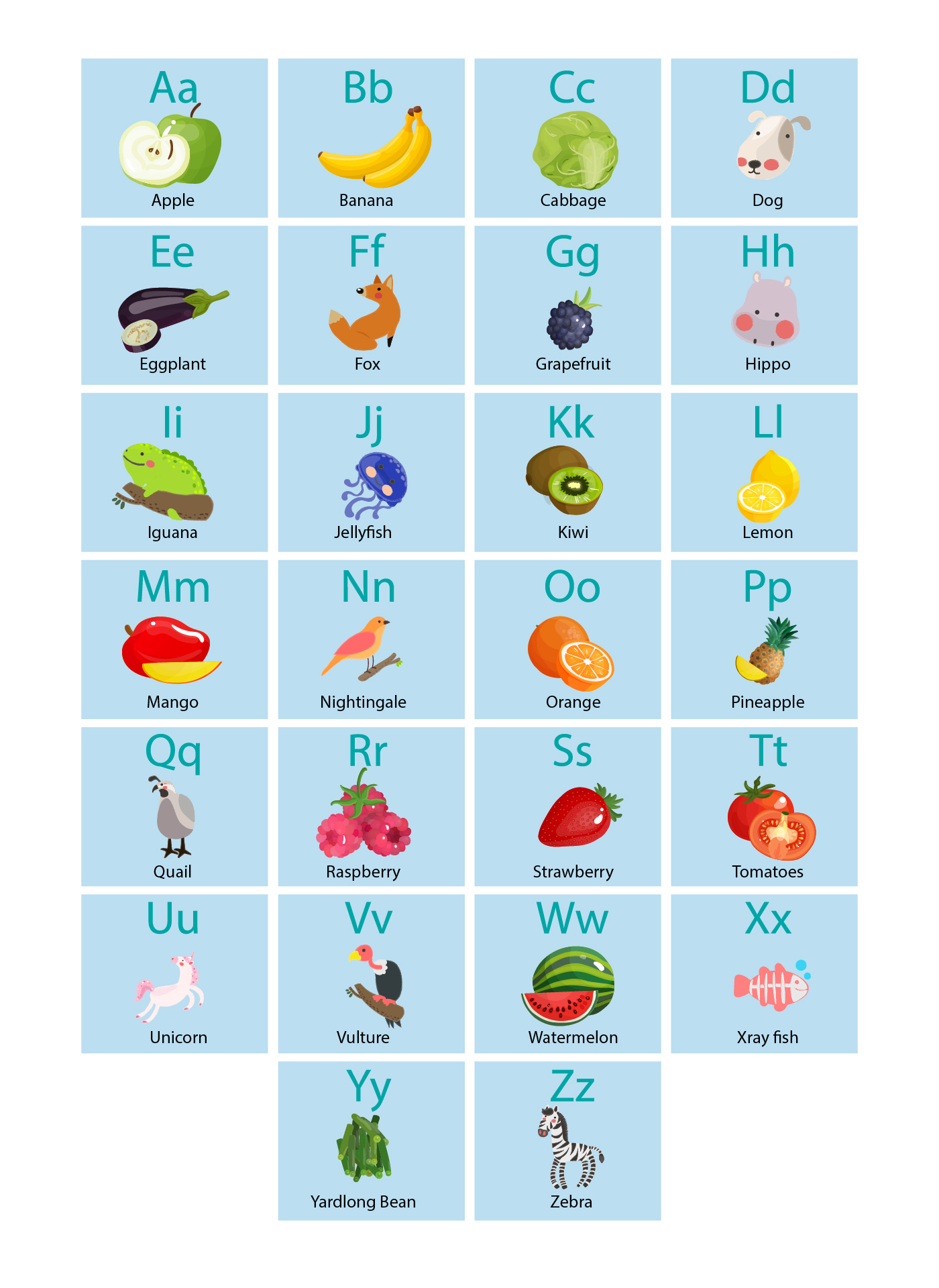
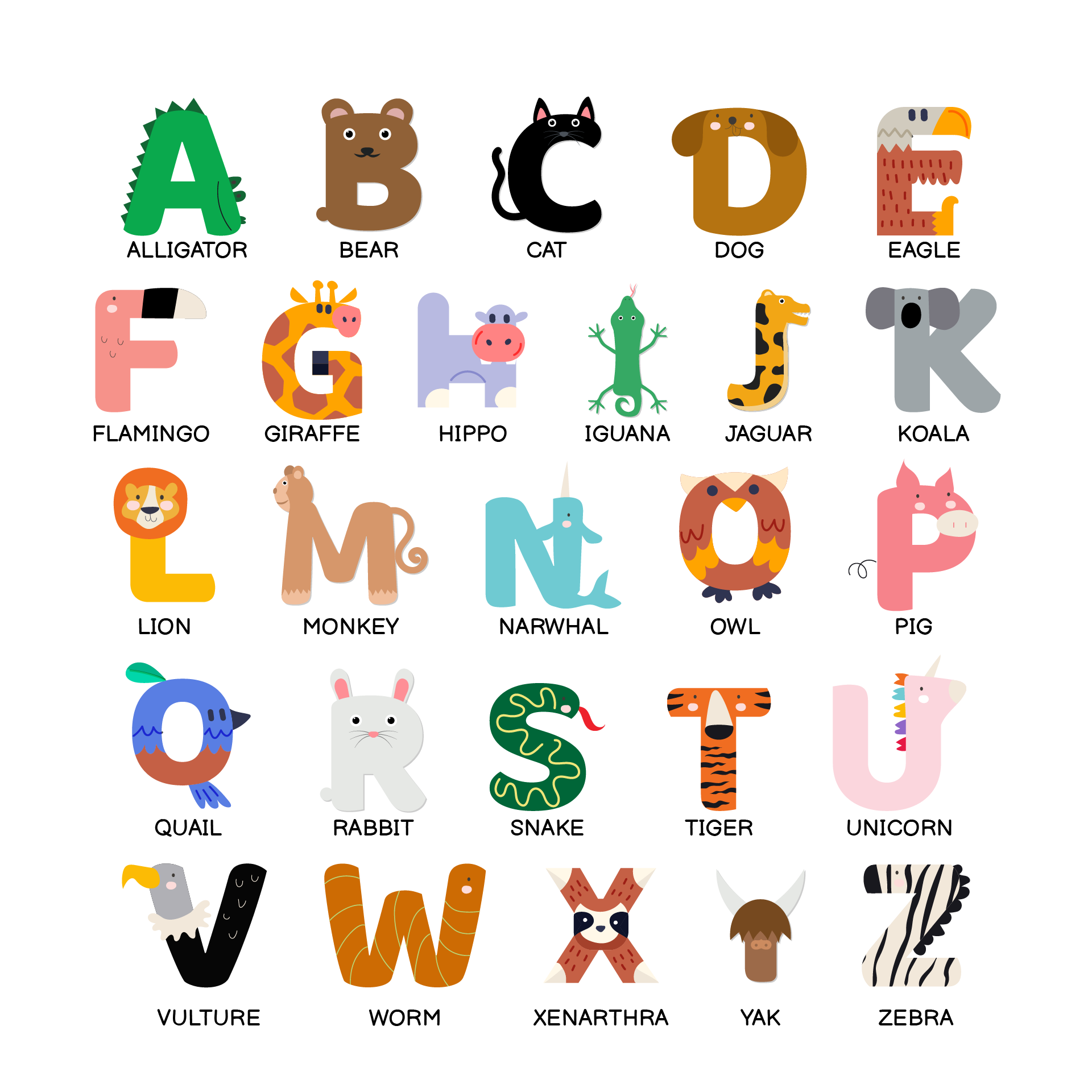
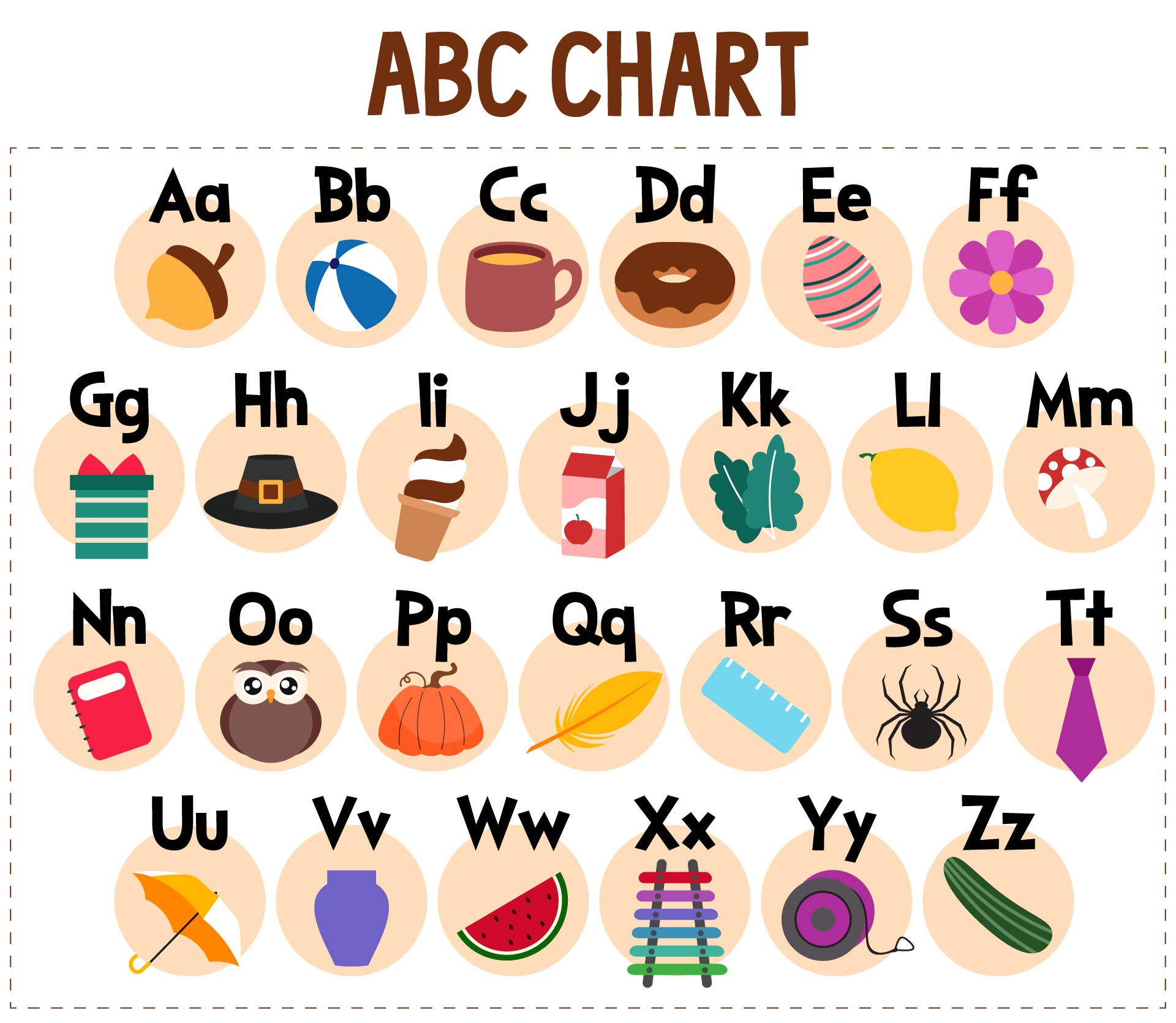
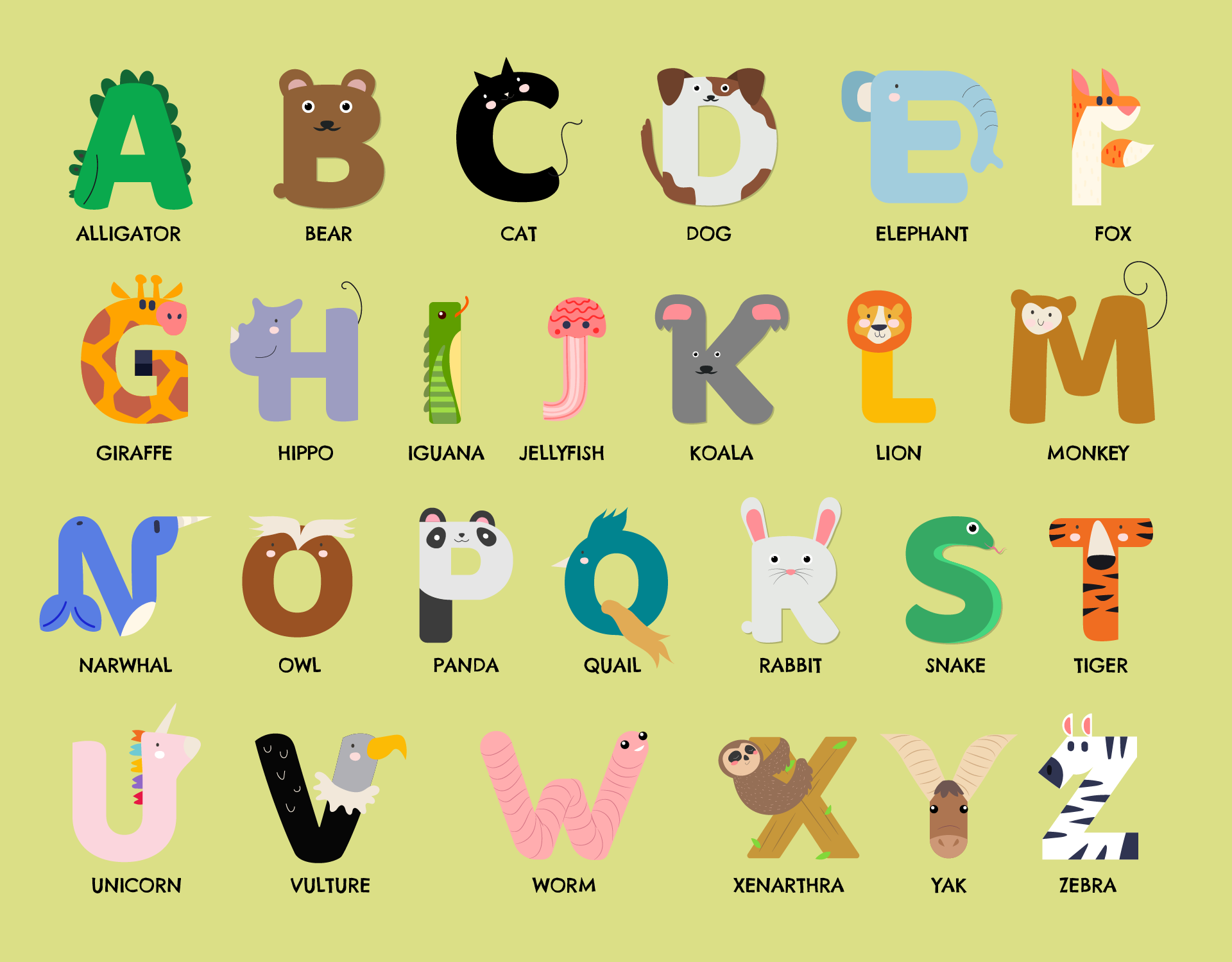
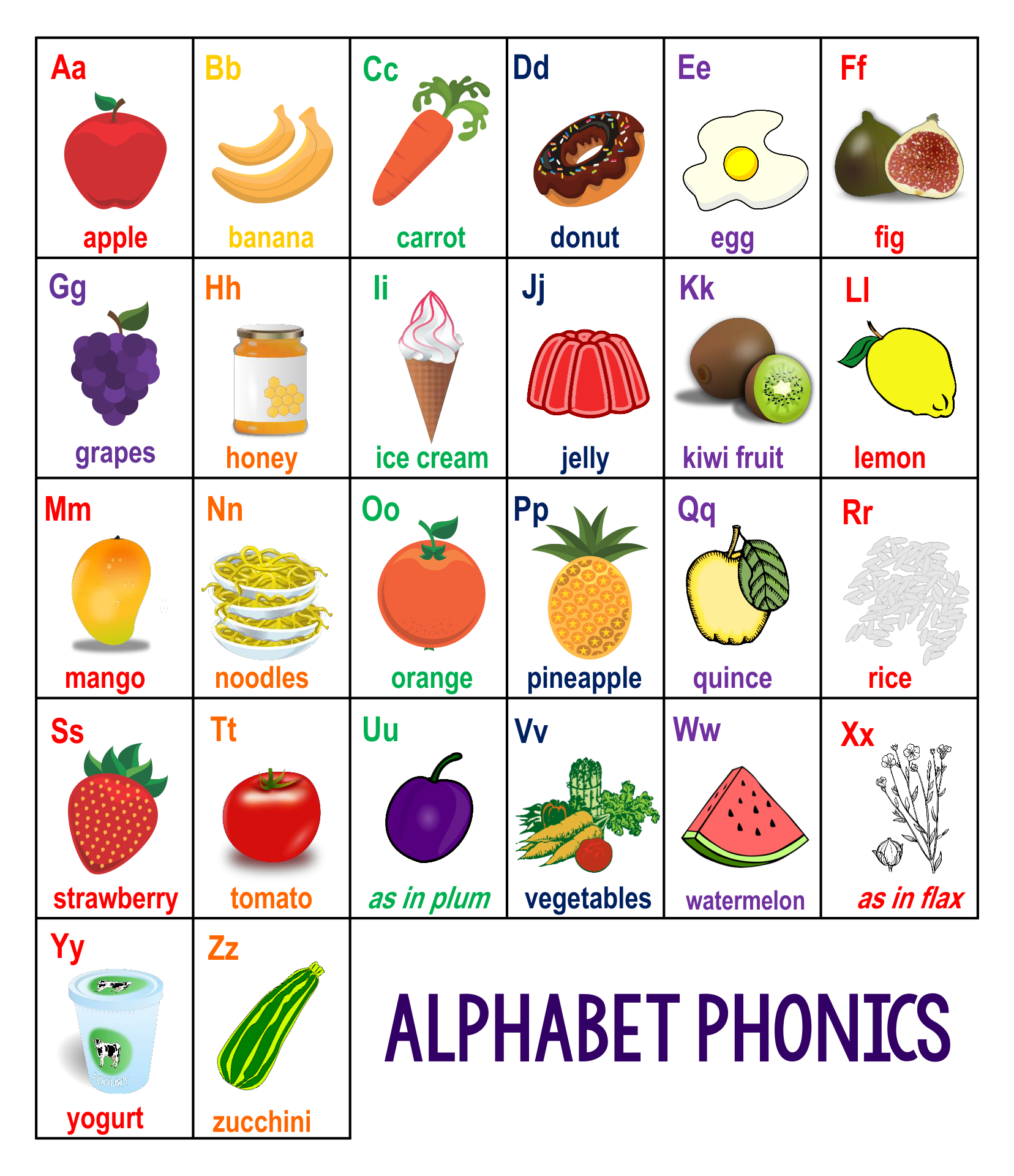
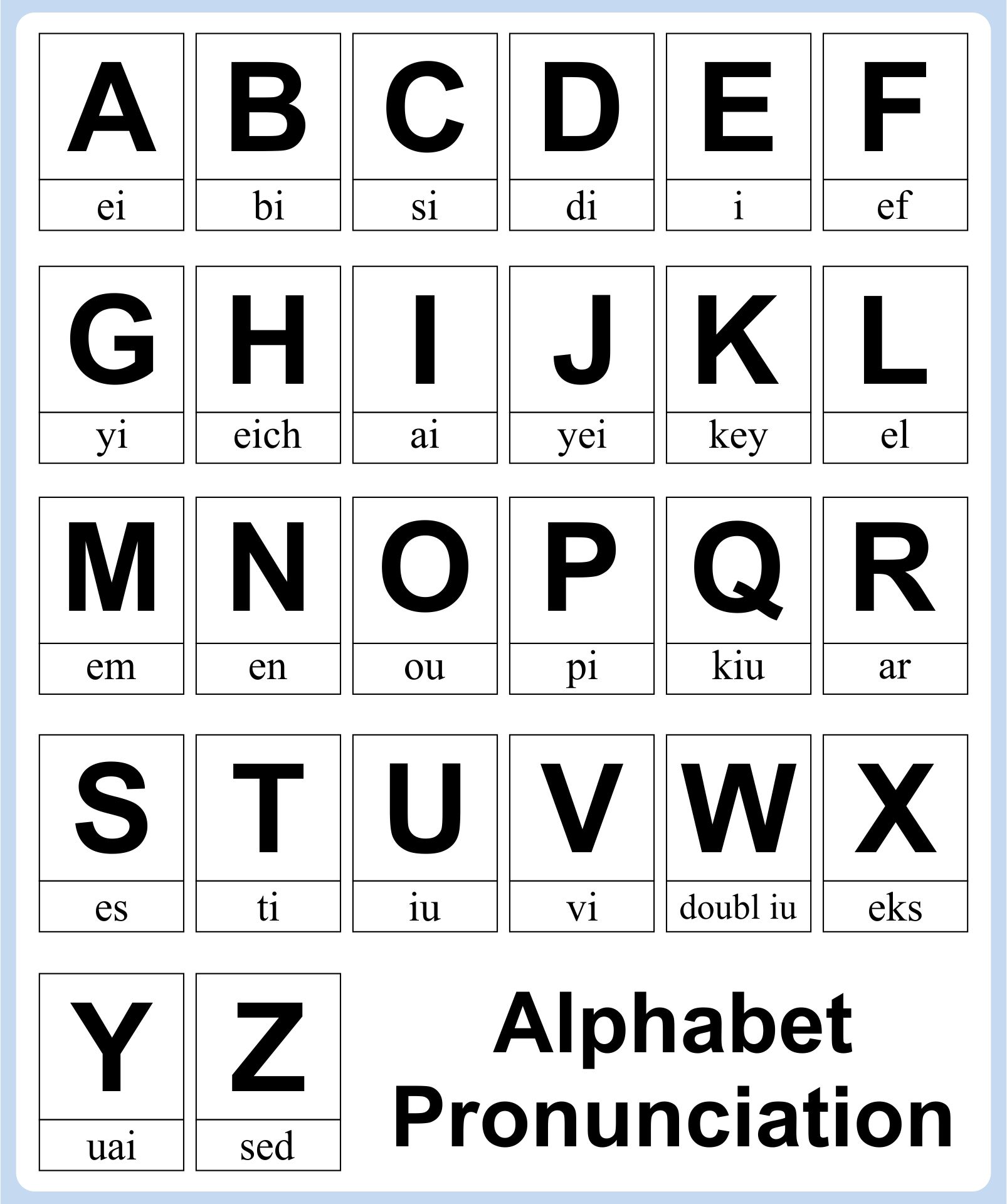
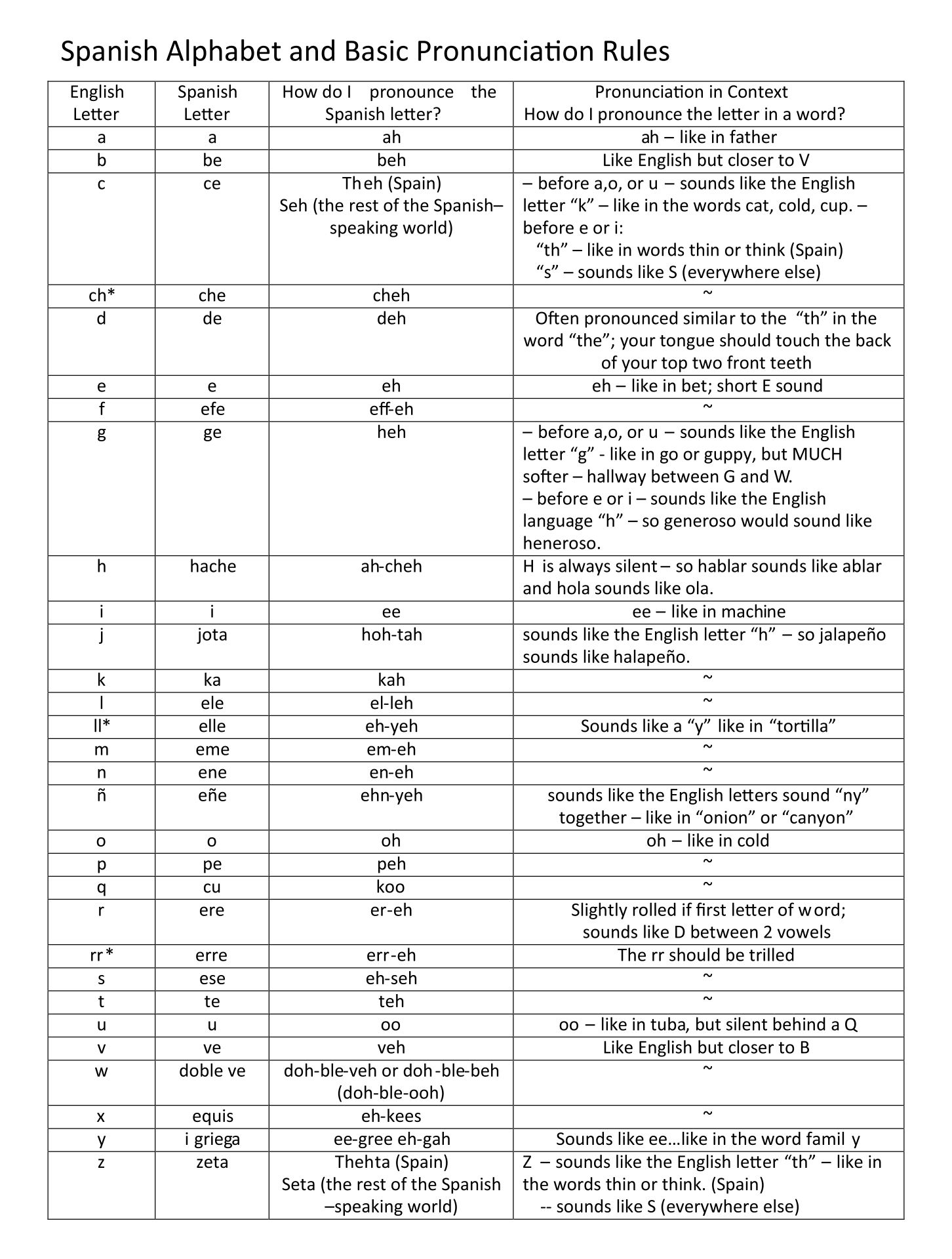
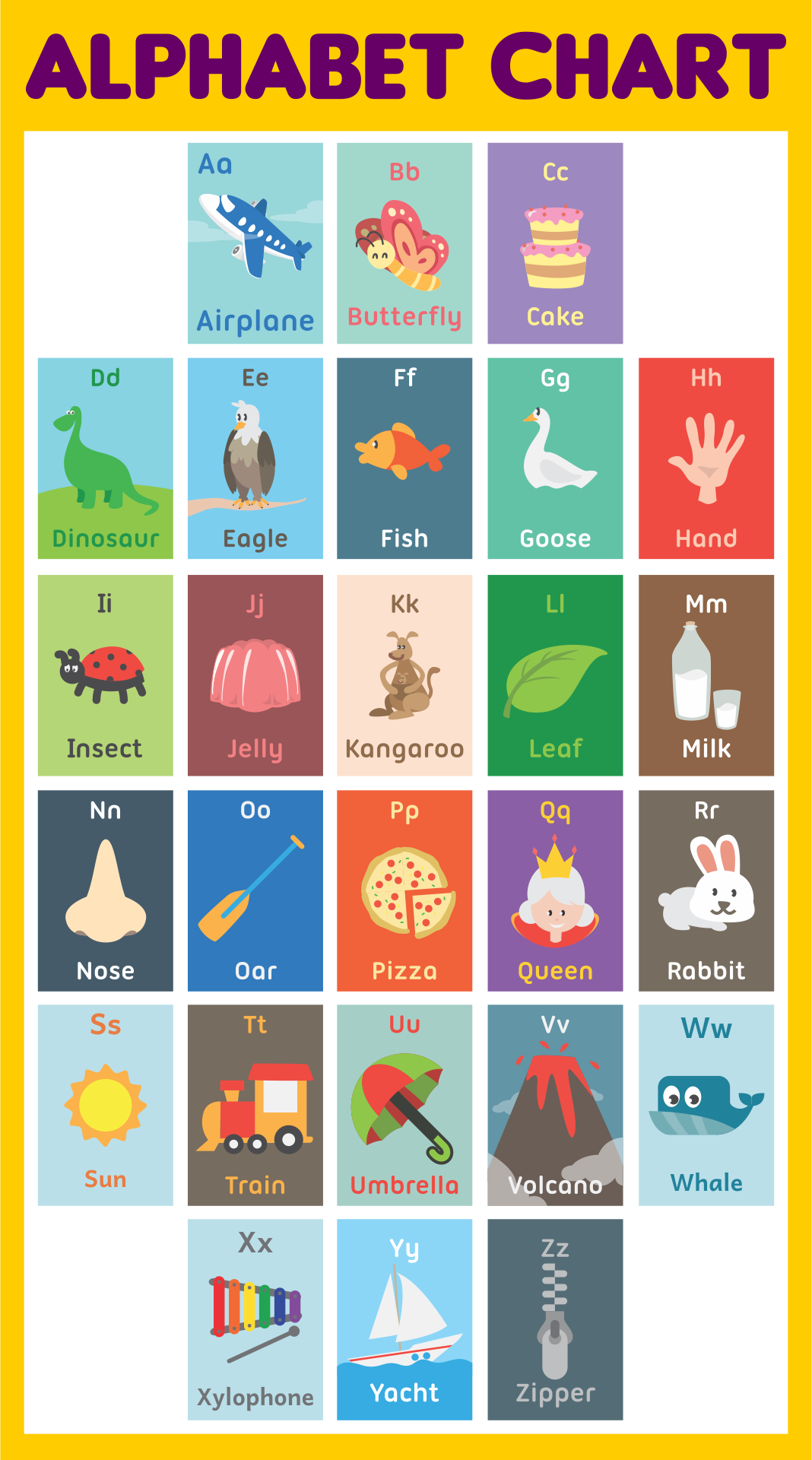
Have something to tell us?
Recent Comments
The printable alphabet sounds chart is a useful resource for beginners learning to read, as it helps them visualize and practice the sounds of the different letters, enhancing phonetic awareness and improving reading fluency.
I found the Alphabet Sounds Chart Printable extremely helpful for reinforcing my child's phonemic awareness. It's a simple and straightforward resource that has made learning the sounds of each letter much more enjoyable for my little one.
The printable alphabet sounds chart is a useful tool for teaching children the sounds of each letter, helping them develop strong phonetic awareness and enhance their reading skills.